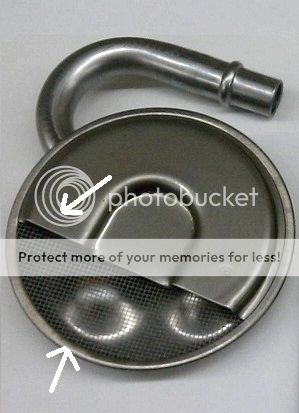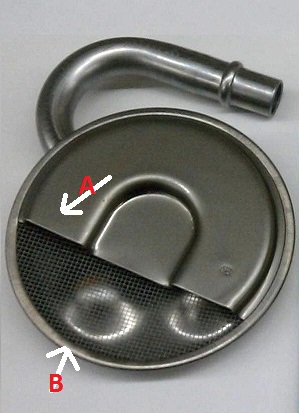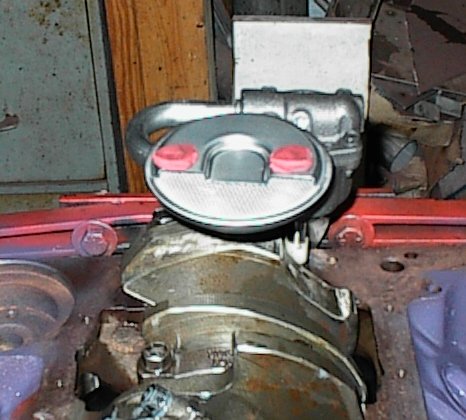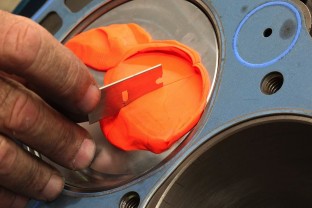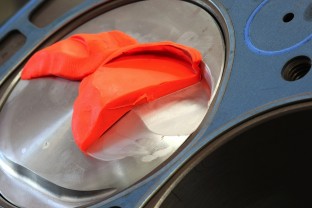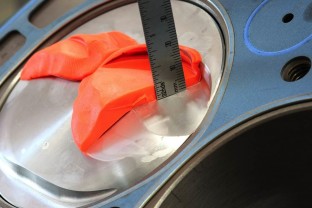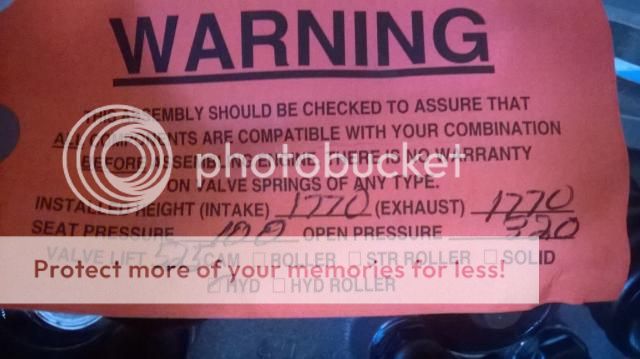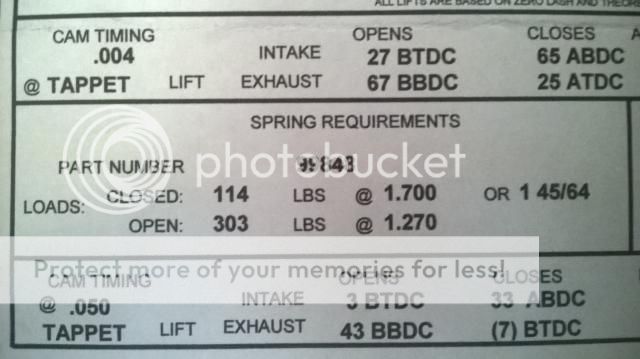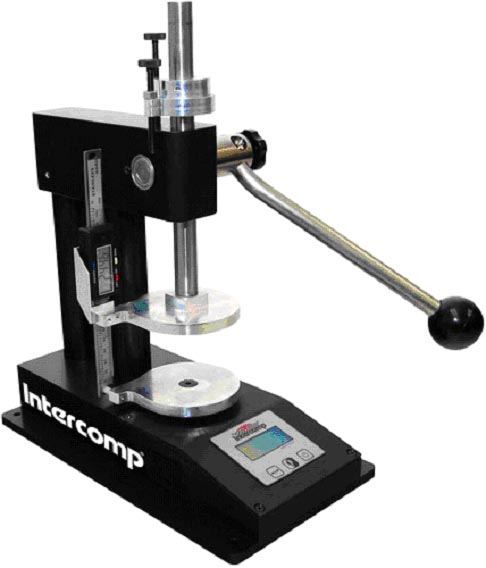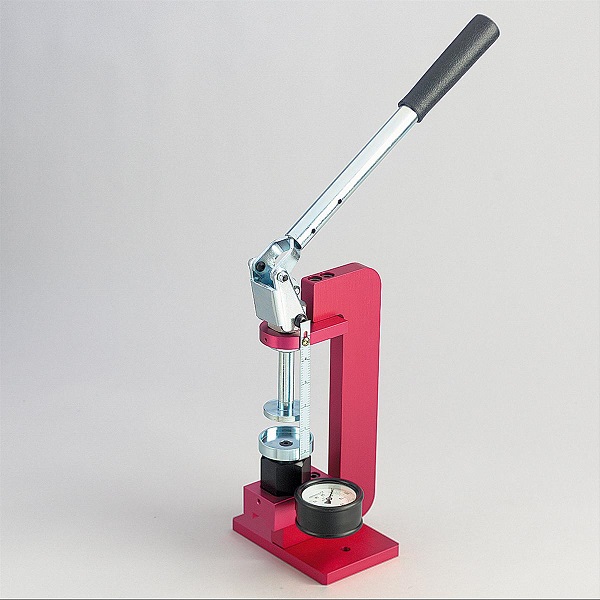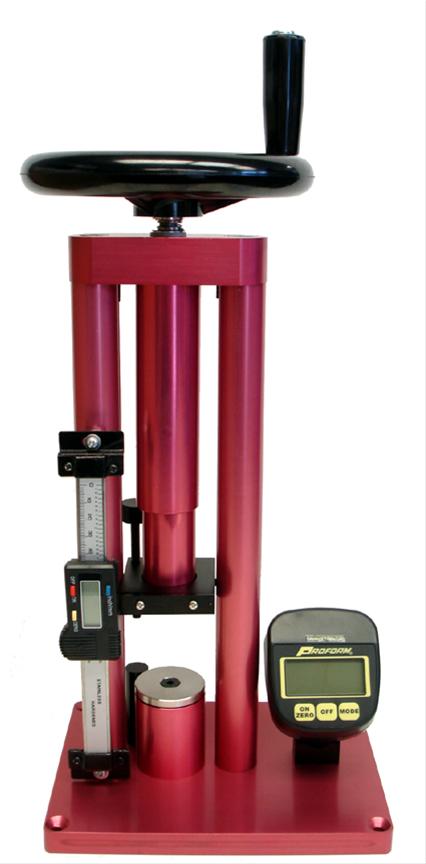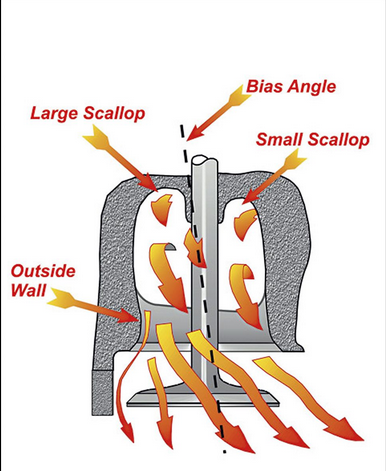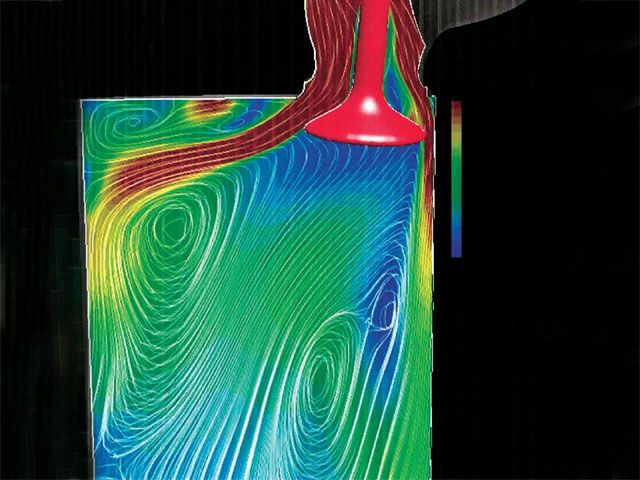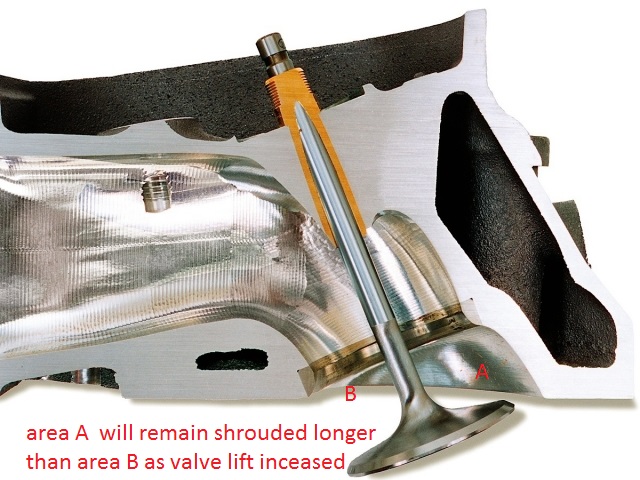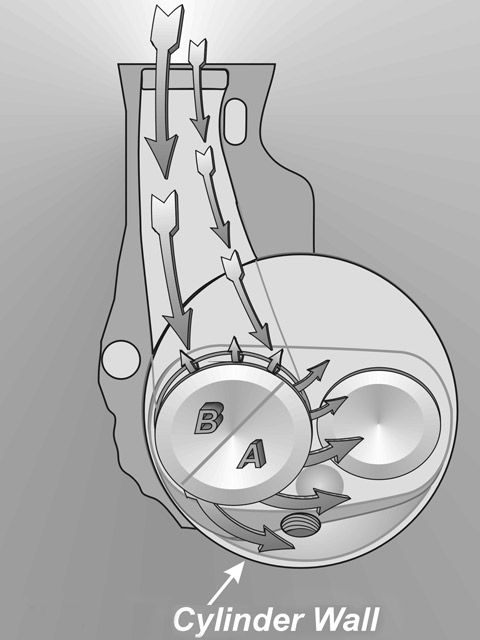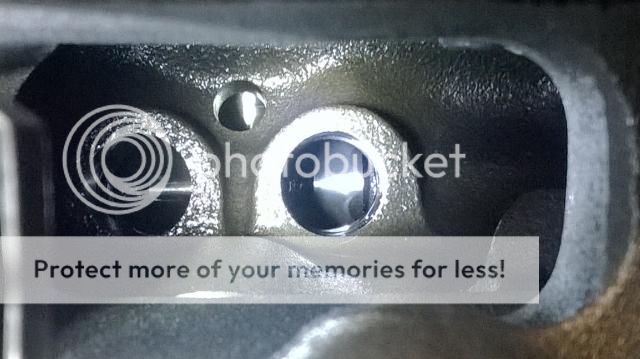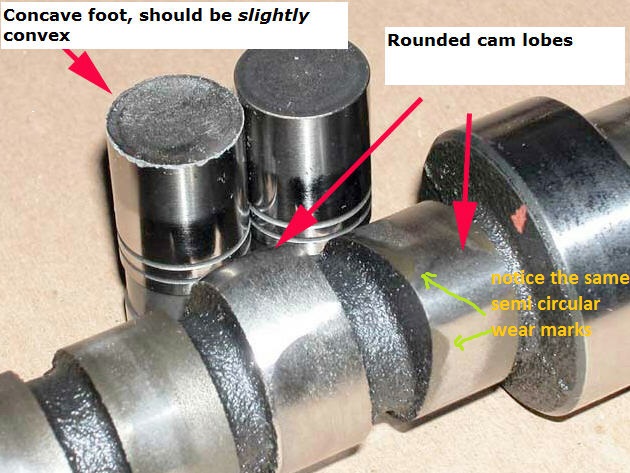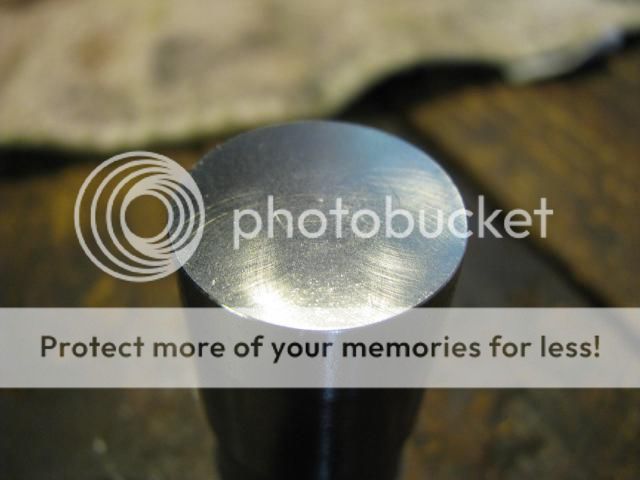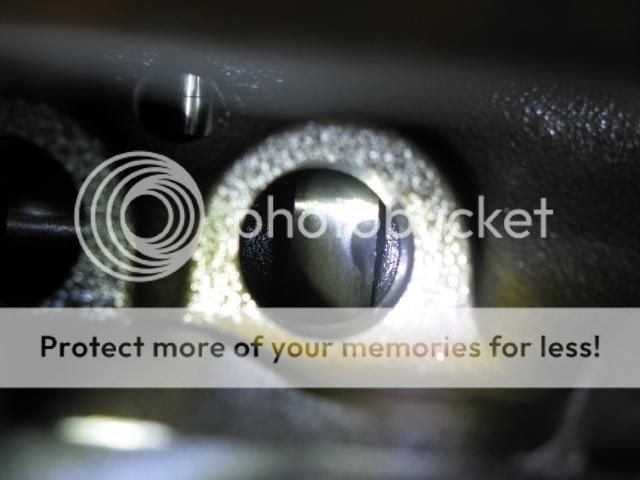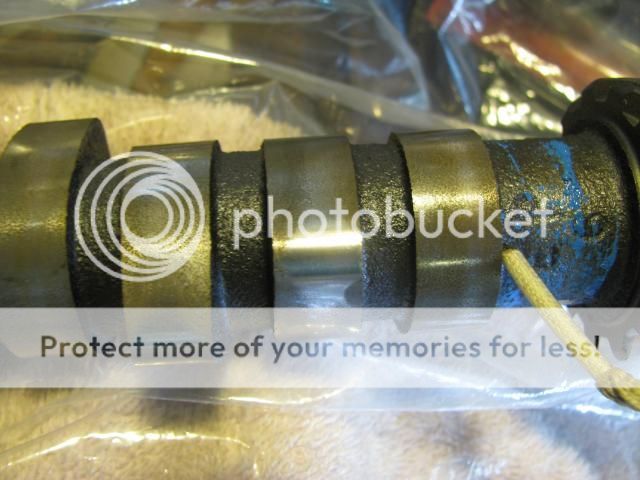rolling friction and sliding surface contact friction are two different ball games, , while I doubt adding a friction reducing oil additive has as great of added benefit in a roller lifter equipped engine, compared to a flat tapped cam engine you must keep in mind theres still plenty of non roller contact friction points in a roller lifter equipped engine, like bearing surfaces, timing chains, valve guides etc. so adding some friction reducing oil additive will more than likely still help reduce wear .
ISKY CAMS Tech Tip
Roller Lifters: Keep 'Em Rolling Longer
Most racers are aware of the advantages of Roller Lifters. For those who are not, a brief review is in order. Roller Cams & Lifters are employed today in all-out racing engines where valve lift/area requirements preclude the possibility of employing a flat tappet (solid lifter cam). Higher Lift requires higher valve spring loads (pressures) and flat tappet cams can only handle so much. Additionally, increased rates of lift (cam lobe velocity) above .007" per degree for example on an .842" diameter G.M. lifter, would cause the lobe to reach-out over the edge of the lifters' cam face. Consequently, with either too much spring or too high a lift rate, most racers know that extremely radical flat tappet cams will eventually self-destruct.
But, what about Roller Lifters? Are they as indestructible as many believe? How do we prolong the life of their roller bearings in today's modern race only engines? Roller lifters require special care and maintenance if they are to provide good service life. Here are the 4 most important factors you should consider to insure their success.
1. AVOID DRY "START UP": Roller Lifter Bearings are assembled with a "tacky" rust-preventing grease that is not intended for lubrication. Therefore, new lifters should have their roller bearings thoroughly washed in clean solvent or acetone to completely remove this assembly grease. After air drying, premium motor-oil (non-synthetic) such as Penzoil SAE 25W50 GTP Racing Oil (The best of the mineral based oils) or Amzoil "Red" Racing Oil (synthetic) should be used to pre-lube the bearings just before installation.
2. AVOID "OVERLOAD": Increased load always means reduced service life. Want 50% more thrust from a jet engine? Ask Rolls Royce or G.E. and they'll tell you to expect about ¼th the service life between overhauls. Similarly, employing drag race valve springs in the 900, 1000 to 1100 lb. Range will reduce the life of your roller bearings between rebuilds much the same as will employing high-impact roller cam profiles.
3. EMPLOY A REV KIT WHEN POSSIBLE: The primary advantage of Camfather Ed Isky's invention of the 1950's is that by pre-loading each Roller Lifter Bearing to its respective cam lobe, you eliminate needle roller bearing "skew". Skewing (the momentary mis-alignment of the bearings' needle rollers to their respective races) is provoked by the start-stop skidding action of the roller bearings each time the lash is taken-up. Eliminate it and you extend roller bearing life dramatically! Unfortunately, many engines such as the Big Block Chevy which could use one the most, don't lend themselves to such an installation because of the severe angularity of the pushrod coming out of the lifter.
4. EMPLOY LIFTERS WITH "PRESSURE-FED" OIL TO THE NEEDLE ROLLER BEARINGS: Hope is a good thing. But hoping oil will eventually find its way to your Roller Lifter bearings is not. Unfortunately, most roller lifters on the market do not pressure feed oil to the needle rollers, depending on the "splash & a little luck" system instead. In contrast, all Isky Roller Lifters feature pressure fed oil to their roller bearings. Isky's Top of the line "Red Zone" Series lifters feature an exclusive 3-Point "Multi-Port" oiling system to constantly bathe the needle rollers with cooling lubrication. Additionally, they feature our famous Marathon Roller bearing with the toughest shock absorbing heavy duty outer bearing race on the market for the highest possible load carrying capability and sustained Hi-Rpm Endurance. And, they're fully rebuildable, making them your best long-term value!

